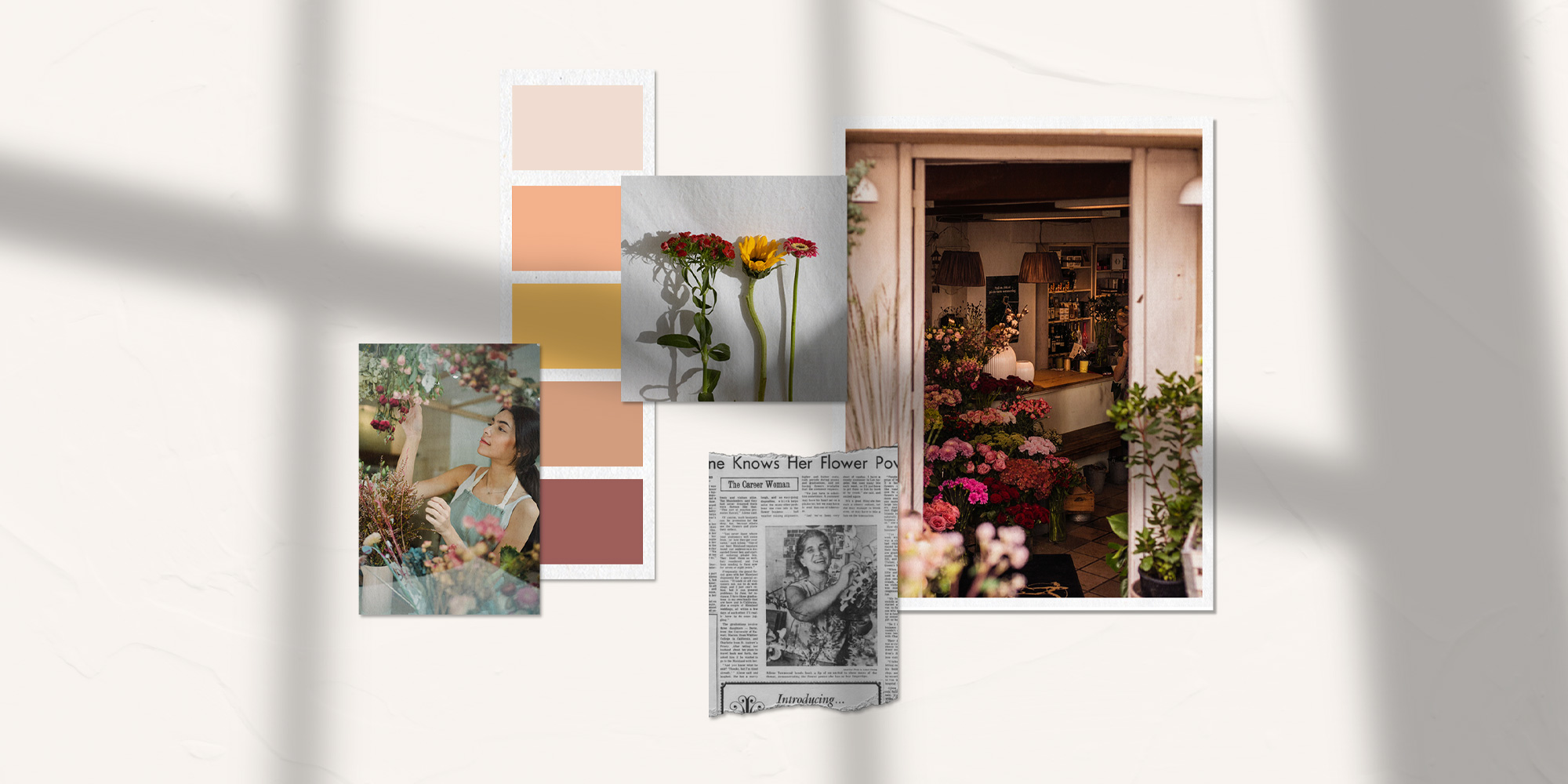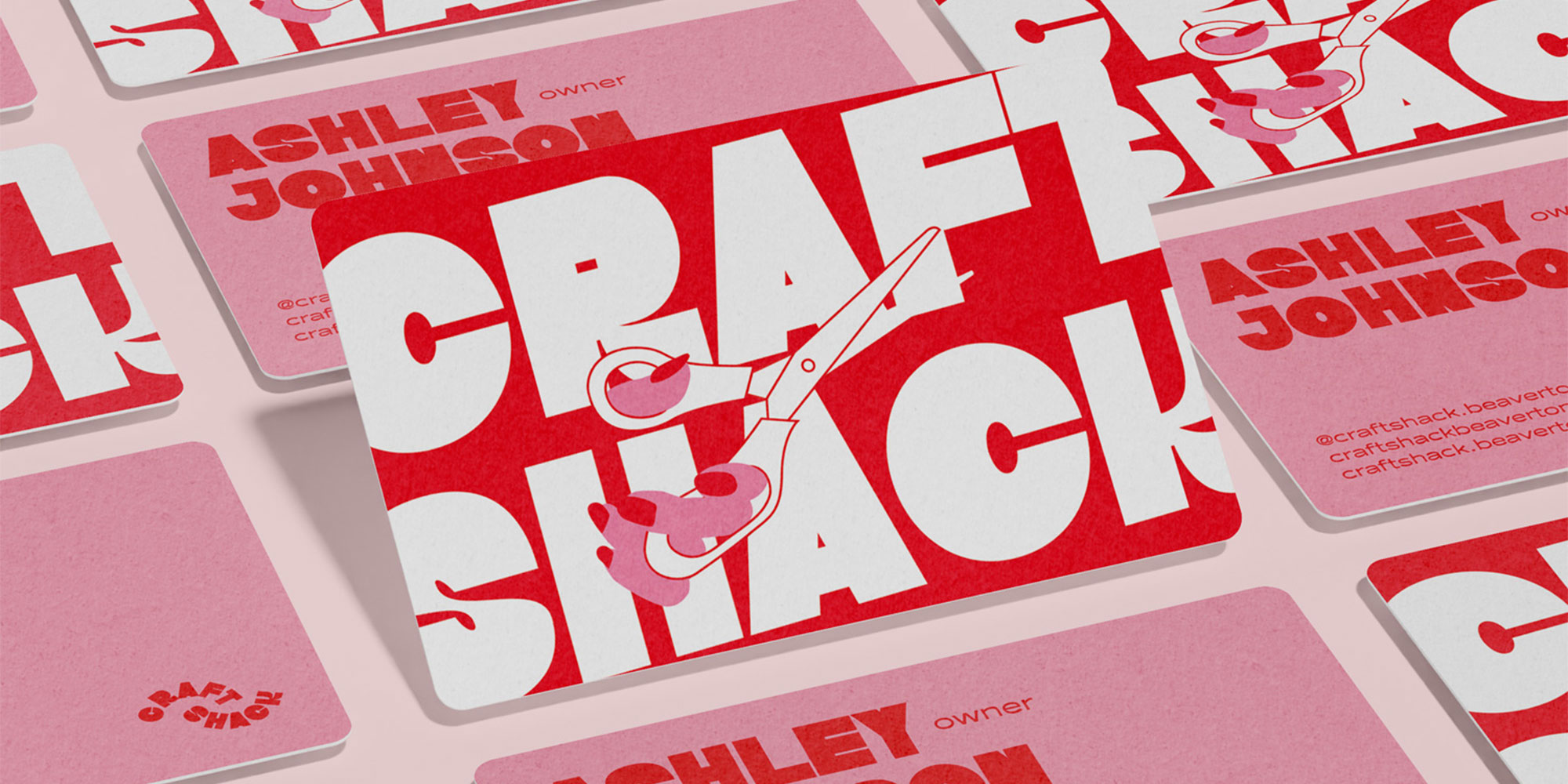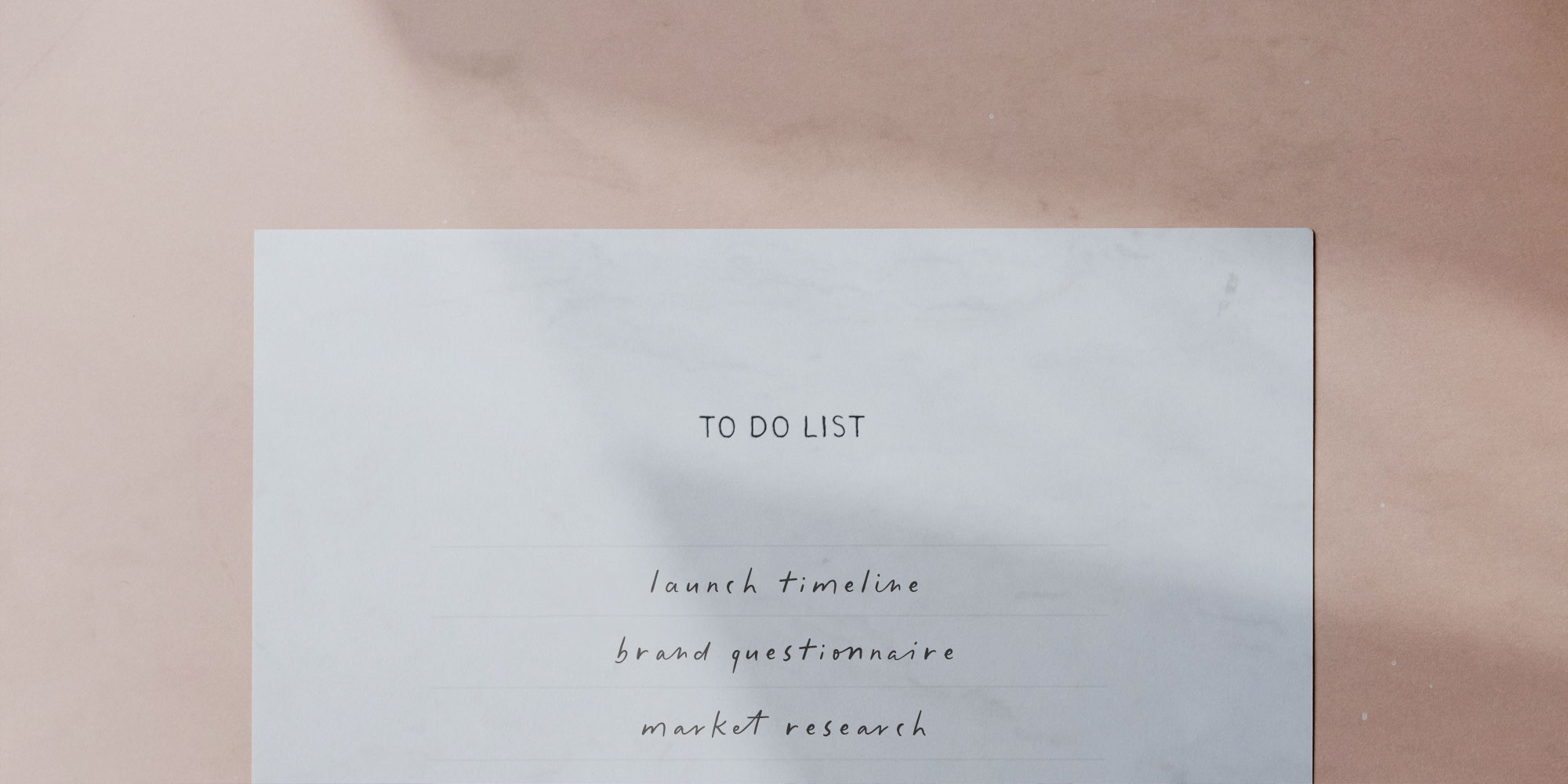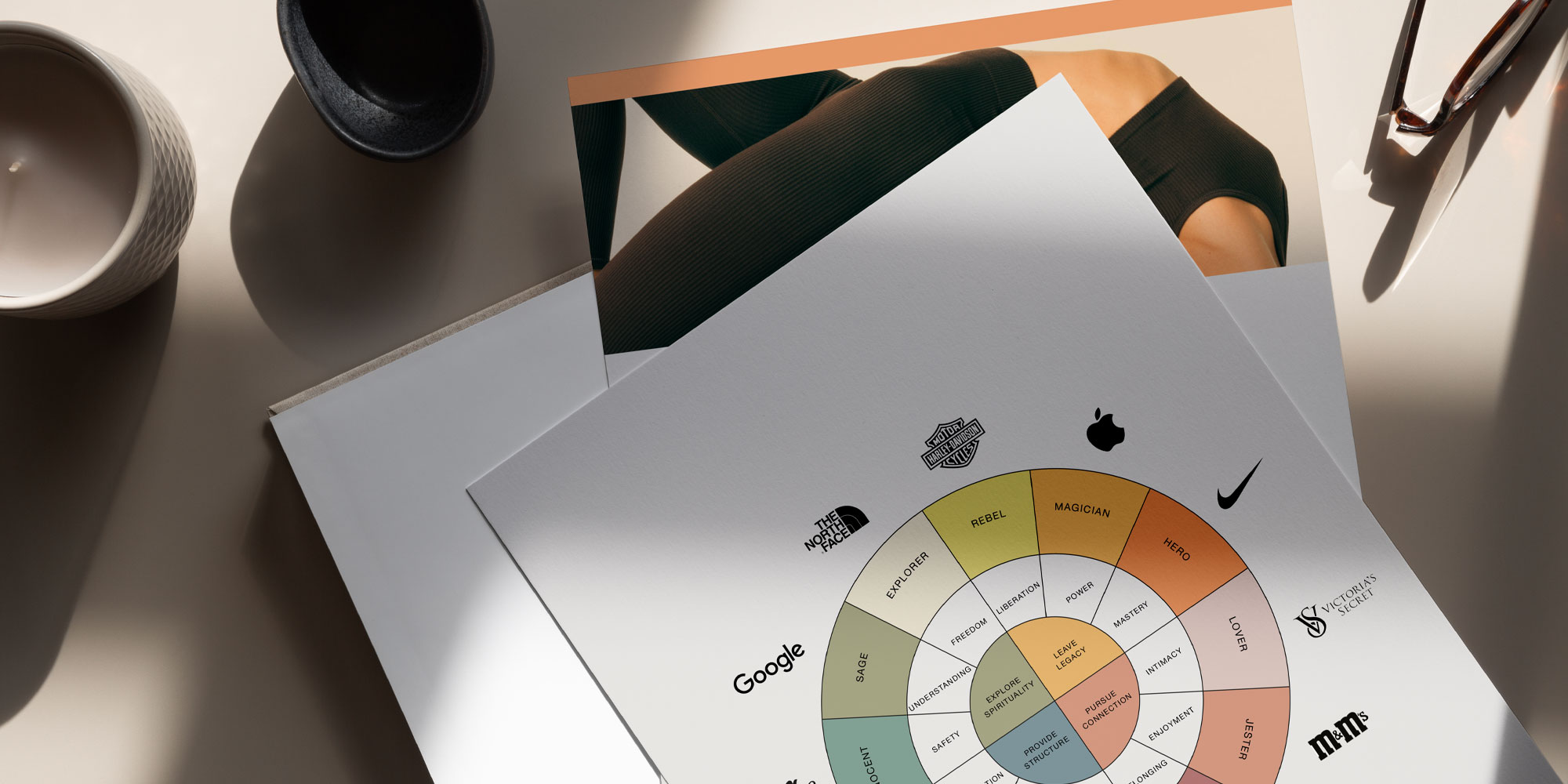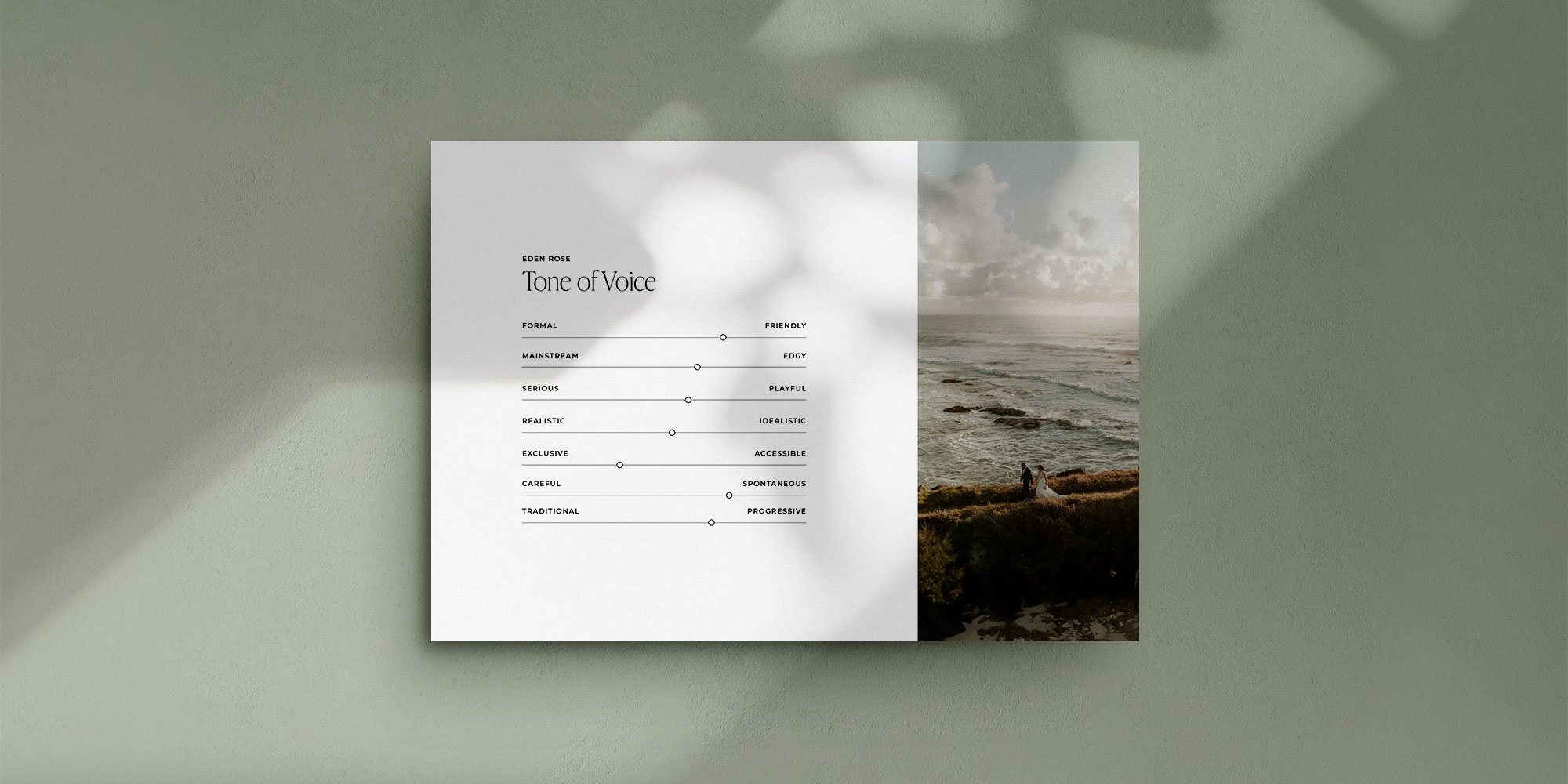Do you remember the first time you looked at a kickass brand and wondered what makes it tick? Maybe it was a logo that caught your eye or a brand name that made you laugh. It could have been a pristine Insta grid, helpful newsletters… the list goes on.
It turns out good branding isn’t just about choosing the right colors or designing the perfect logo. It’s about doing a deep dive and showing your audience something essential about your business — who you are, what you do, and why you do it.
It takes more than a logo to pull that off. It takes strategic, cohesive branding design. Whether you’re DIYing or working with a professional brand designer, there are a few essential design elements to keep top of mind throughout the process.
But first, why does branding design matter?
Have you ever been to the fair or carnival and they’re giving away goldfish as game prizes? All of those little fish look the same in their bowls and you may still want to play the game, but you probably don’t care which one you win.
Now imagine if there were hundreds of plain goldfish and one beta fish. Or a turtle. Or some other super cool aquatic pet/prize that you could take home (use your imagination here). Would you be more likely to invest more and play longer for a chance to win?
Good branding design is what sets you apart from the other goldfish. Which is important because out of 4.4 million new businesses, only 35% will make it past the 10 year mark.
Digging a bit deeper, the benefits of high quality branding design include:
Brand awareness
In the marketing world, brands live and die by their ability to build brand awareness. What do we mean by brand awareness? Basically, it’s how well people can pick elements of your brand out in different conditions.
Example time: someone sees your Instagram ad and then recognizes your brand name on your storefront. Or they hear an ad during their favorite true crime podcast and then recognize your products on an influencer’s TikTok feed.
This might sound simple, but brand awareness matters because people tend to buy what they know. In fact, studies show that the most recognizable brands are top of mind when potential customers hit the consideration stage.
Value perception
Thoughtful branding design conveys that you’ve spent time thinking about how your brand shows up in the world. It helps your potential customers get a read on what you value. And it’s part of the social proof that signals you’re invested in what you’re doing.
Plus, higher quality branding strongly influences how people view that brand’s products. The best example of this: your weekly grocery list. Every time you pay more for your preferred pasta sauce instead of picking up the store’s generic (or hundreds of other small choices), you’re showing the power of good branding design.
When potential customers see high-quality branding, they’re more likely to view your products and services as high-quality also. Bottom line: if you don’t care enough to invest in your branding, why should anybody care enough to invest in your product?
Brand identity
Today’s consumers don’t just want a good product. They want to believe they’re supporting brands that share their values and beliefs. One huge benefit of the branding design process is that it asks you to really think about your brand identity.
In general, it’s easy to talk about your What (AKA the products or services you sell). But brand development makes you dig into the Why and How. Why do you do what you do? How do you see yourself? How are you different from competitors?
Knowing what makes your brand tick—your values, mission, and differentiators—helps you connect with your ideal audiences. And that translates to more sales (AKA money in the bank). That’s why, when you work with Lunar Creative, we always start brand development with discovery.
Essential branding design elements
Now for the building blocks of your brand package. The five most essential elements are:
- Brand Name
- Logo & Guidelines
- Brand Color Palette
- Typography & Fonts
- Brand Guidelines
Brand name
Naming a brand can feel more stressful than naming a child. I mean, your kid can always choose a nickname. But brand names live on forever. Plus, your brand name has to do a lot of heavy lifting. According to Hubspot, 77% of B2C consumers make buying decisions based on the brand name.
Brand names need to be unique enough to be memorable and easy for potential customers to spell for search engines. At the same time, your brand name needs to support your brand’s identity and really conjure an image of who you are and what you stand for.
Let’s use a real world example. Imagine there are two new gyms opening in your neighborhood. One is called Total Body Shred, the other is Mindful Movement Fitness. What types of clients will be drawn to each of these brand names? What do you know about the exercise styles and approach to fitness, just based on these names?
A thoughtful brand name sets the stage for the rest of your branding design and should go a long way towards establishing brand recognition.
Logo
Your logo is the foundation of your brand’s visual presence. As brand recognition increases, it becomes a bite-sized representation of your entire brand presence. Just think about the big name logos and icons we’re surrounded by—the Nike swoosh, the Apple icon, or even Google’s wordmark.
But logos aren’t a one-and-done thing. I mean, your logo needs to show up on your website, collateral, social media, and more. That’s why a comprehensive logo design package includes alternative (or secondary) logos for different applications. Think of a big, bold wordmark for your website and a colorful icon for your social media accounts.
If you’re looking to connect with your audiences, your brand needs a cohesive and versatile visual identity. With a few logo options to choose from, you have more visual flexibility without losing the through-line.
Brand color palette
Brand colors set the mood and personality of your brand. Whether you opt for bold reds, warm yellows, or bright and vibrant blues, your choice of brand colors will change how people think of you. According to color psychology studies, color works at the primal level, triggering specific emotions in the viewer’s brain. Pretty cool, right?
When it comes to choosing your brand colors, it’s clutch to understand your brand’s personality. Is your brand calm or energetic? Rugged or refined? Dreamy or practical? Even more importantly, how do you want your customers to feel when they interact with your brand?
Whether you’re an acupuncturist creating a safe and welcoming vibe or a real estate agent that needs professionalism and confidence, the colors you choose matter.
Typography/Fonts
From billboards and advertisements to social media and websites, we’re surrounded by typography. While you might not be able to name your favorite fonts, you’re still likely picking up on the emotional cues they create. Things like serifs (AKA the finishing strokes in some typefaces), font weight, geometry, and contras bring layers of meaning to written words.
There’s no tried and true method for choosing the right fonts for your brand. Luckily, there’s plenty of research out there on the message different types of fonts convey. And if you’re not interested in doing the legwork on your own, Lunar Creative’s brand style guides include typography guidelines.
Brand style guidelines
Which brings us to the final essential branding element: brand style guidelines! Because good branding only works if you use it.
When it comes to building brand awareness, consistency is key. A brand style guide tells you (and your marketing team!) how and where to put your branding design to work. It includes guidelines on logo usage, colors, and best applications for your chosen fonts.
This final piece of the brand design process makes sure that you’re always communicating your brand’s values with the right language. As a result, you’re building brand awareness and consumer trust through consistency, which can translate into some serious ROI. According to Forbes, using the same branding guidelines across all of your marketing collateral can increase your revenue by as much as 23%.
Looking for a more comprehensive branding elements list? Our branding package checklist has you covered.
Conclusion
You’ve already put the work into building your company and providing a one-of-a-kind product or service. Don’t let it fall flat with uninspired or inconsistent branding design. By drawing on a deep understanding of your brand’s values and identity, you can create branding elements that connect with your ideal customers and create lifelong brand loyalists.
Not sure where to start? The team at Lunar Creative can help. Our brand development process keeps you at the center of the design process, so the end result is a true reflection of what you stand for. Get in touch to see if we’re the right fit for your branding process! And don’t forget to check out our ultimate guide to brand package design for more tips and tricks!
